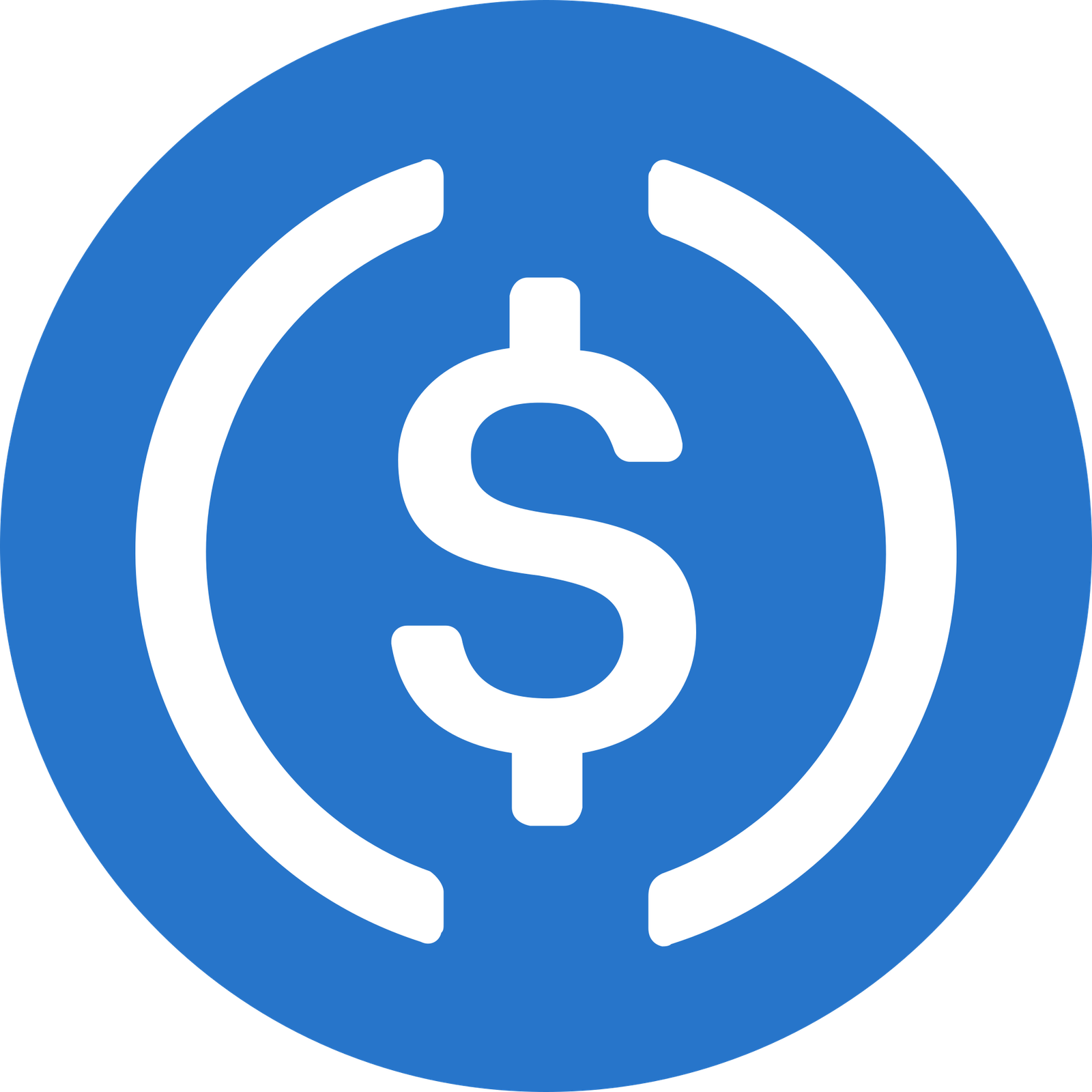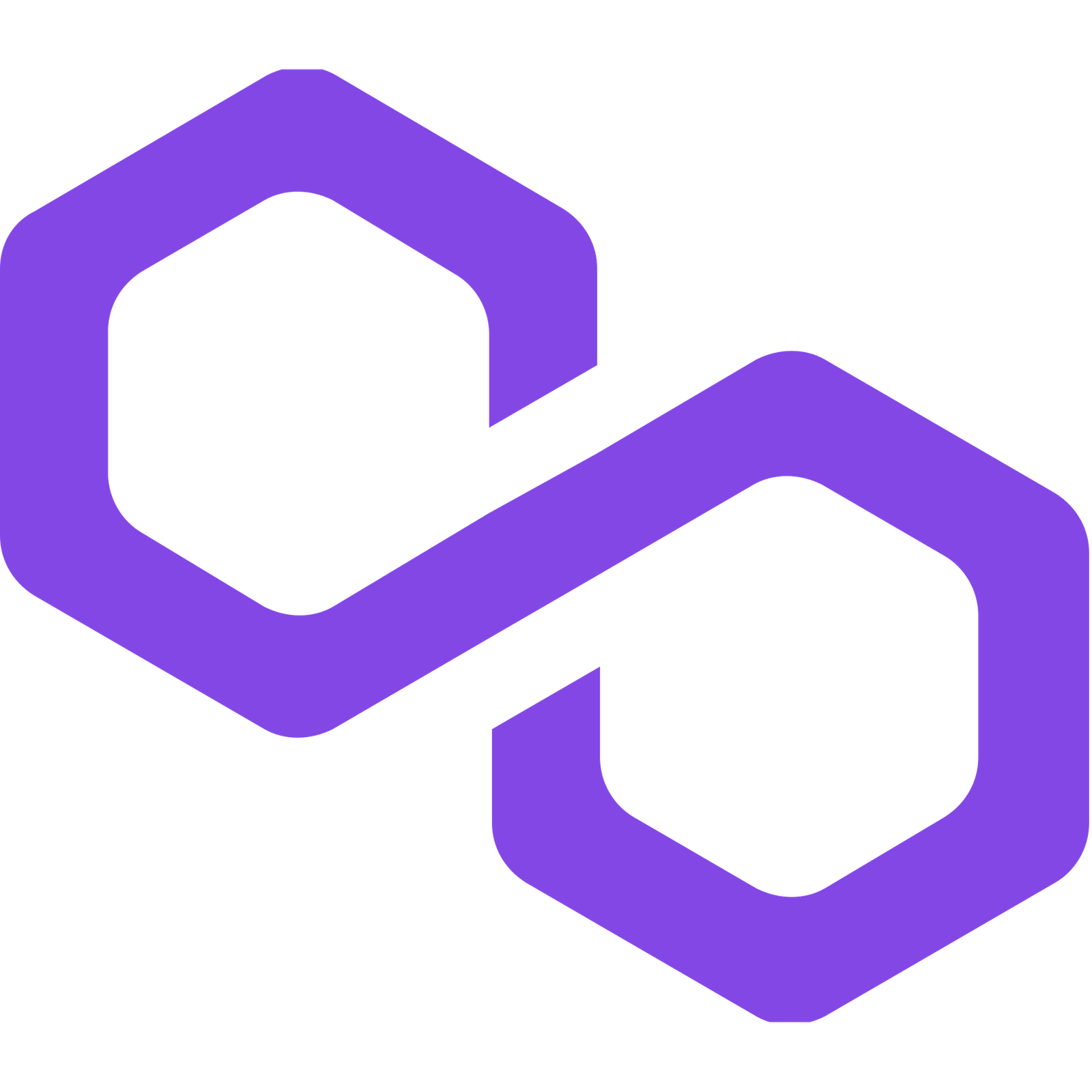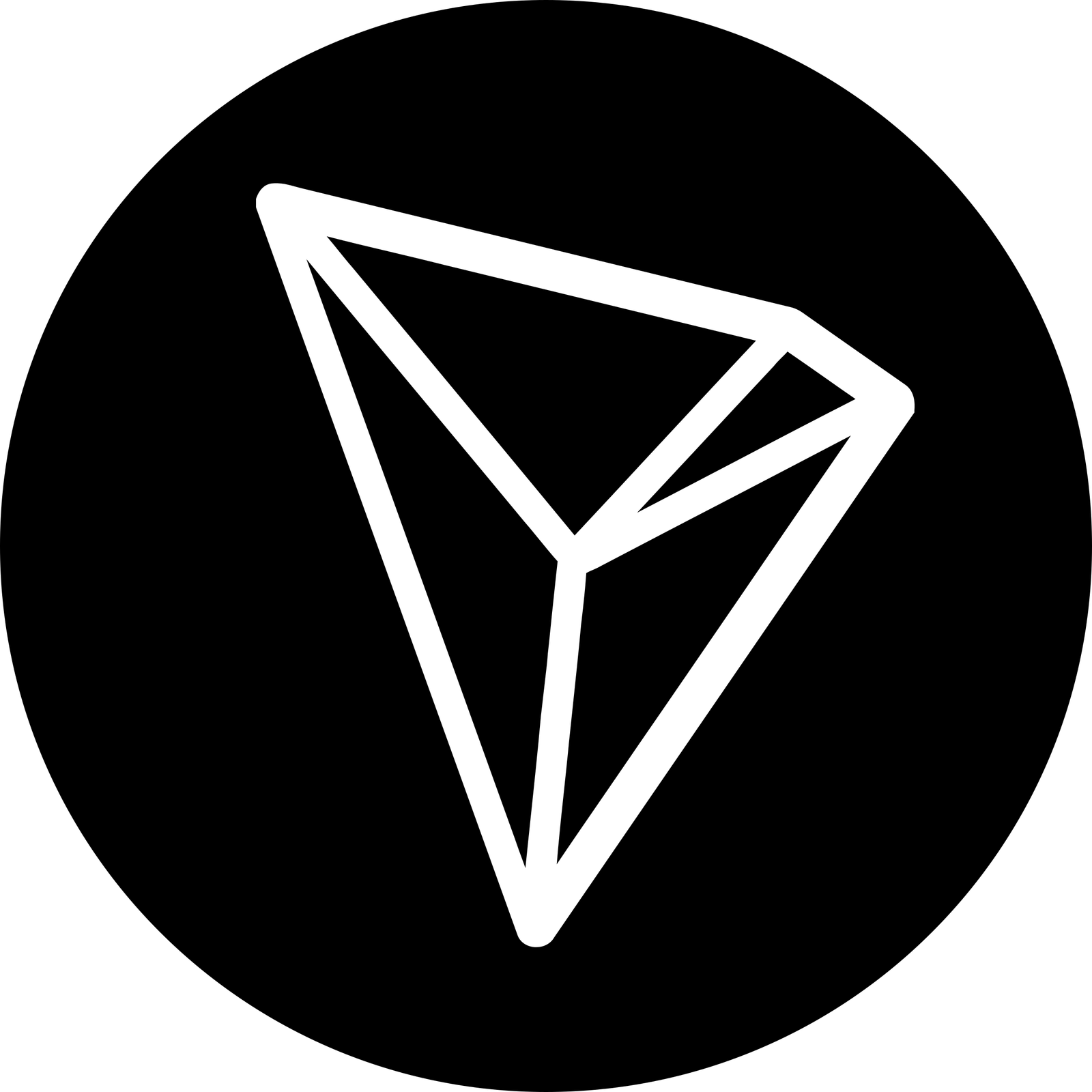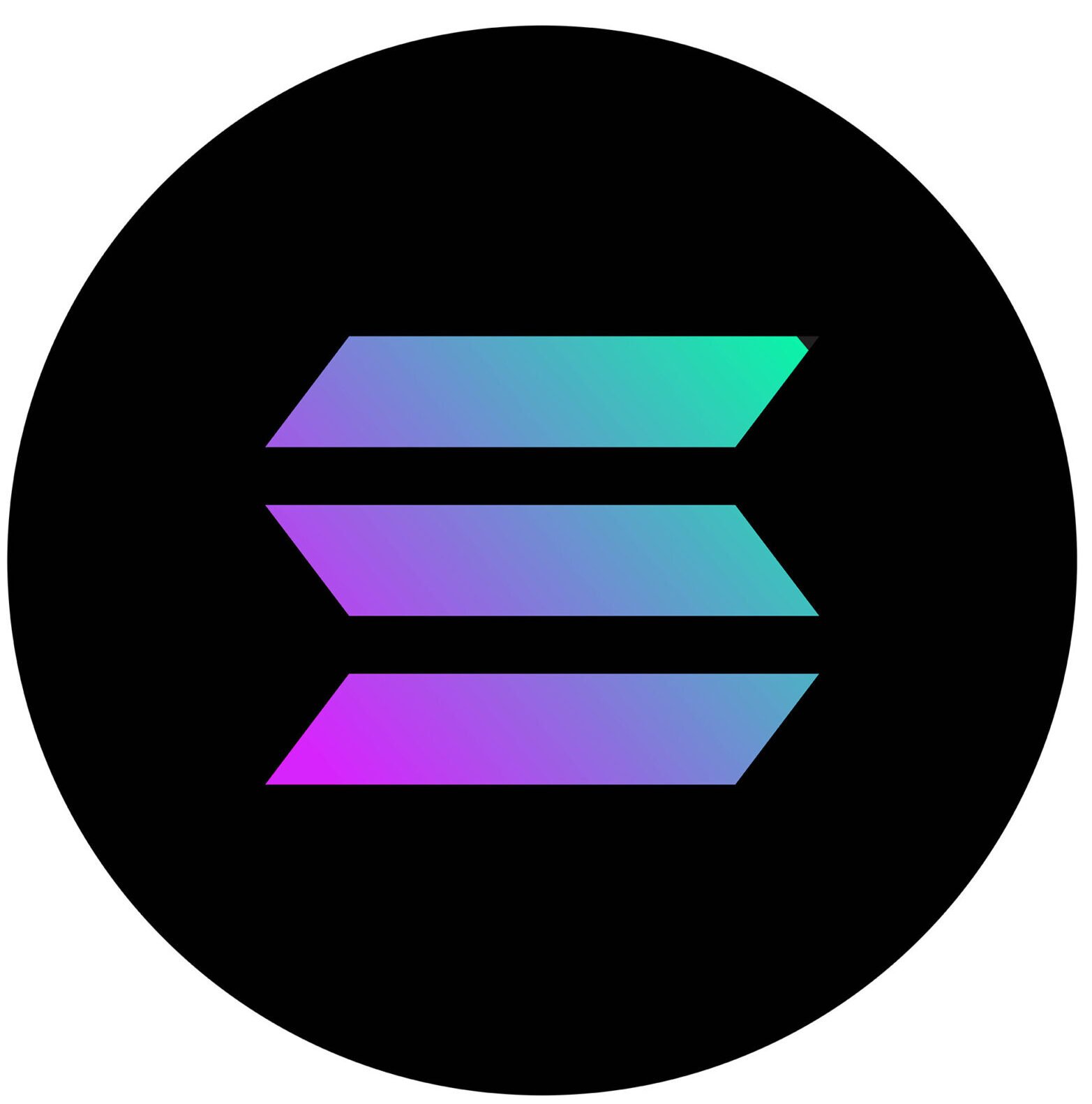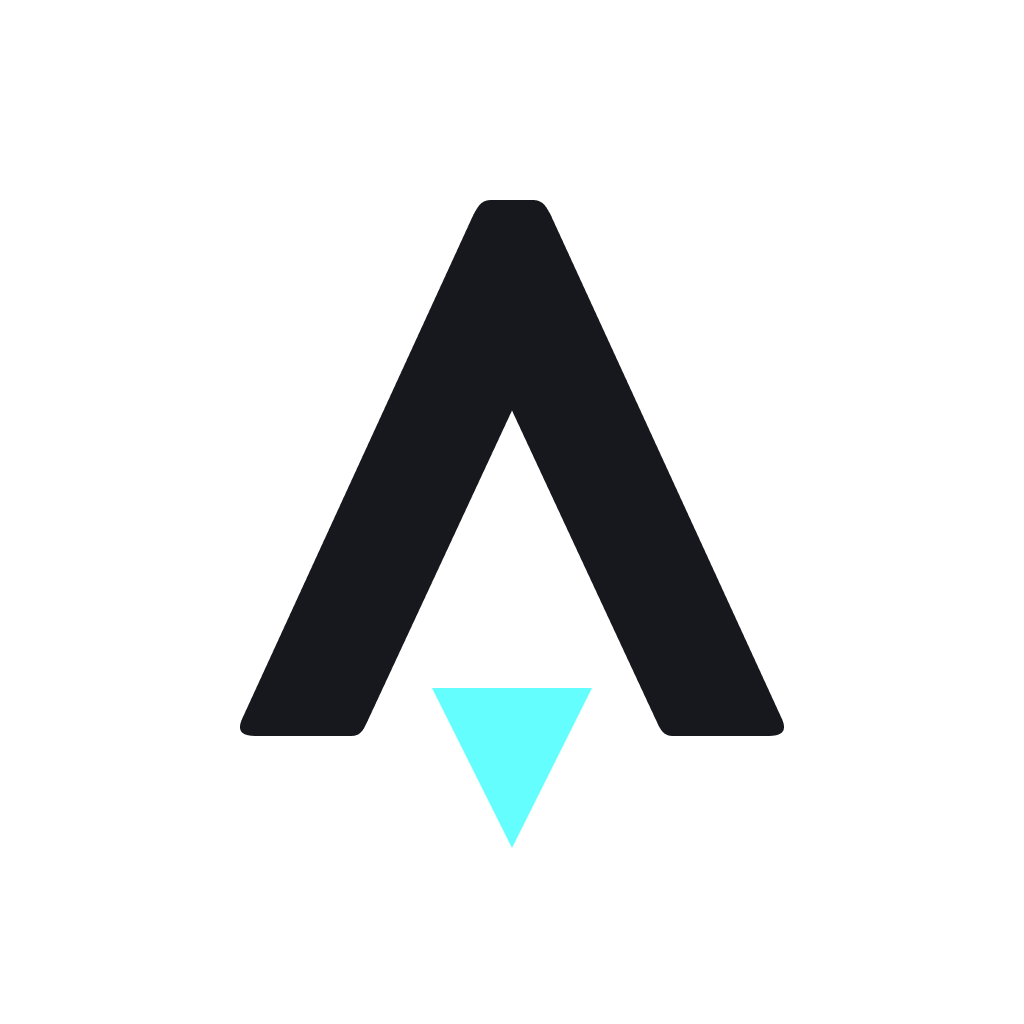Proof of Work vs Proof of Stake: Which Reigns Supreme?
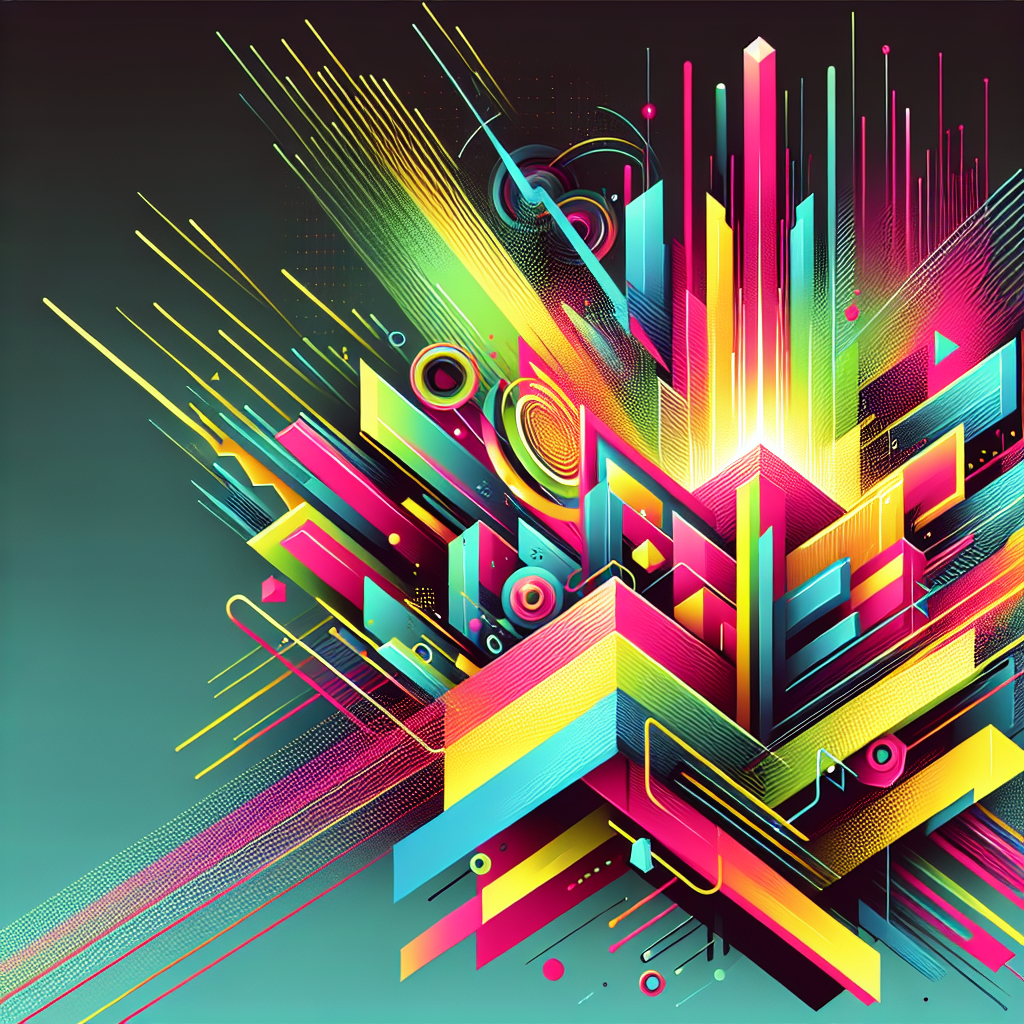
Proof of Work vs. Proof of Stake: Which Reigns Supreme in the Evolving Web3 Ecosystem?
The rapid evolution of the Web3 landscape is reshaping industries, democratizing ownership, and redefining user interactions through groundbreaking technologies like blockchain, cryptocurrency, and immersive experiences. At the heart of this transformation lies a pivotal debate: Proof of Work (PoW) vs. Proof of Stake (PoS). As decentralized platforms gain mainstream prominence, understanding the implications of these consensus mechanisms becomes essential not just for developers and investors but for anyone engaged in the digital economy.
Understanding the Basics: PoW and PoS
At its core, PoW and PoS are mechanisms that validate transactions and secure networks. PoW, famously used by Bitcoin, requires miners to solve complex mathematical problems, consuming significant energy and computational power. In contrast, PoS, employed by Ethereum post-Merge, allows validators to create new blocks based on the amount of cryptocurrency they hold and are willing to "stake." This shift is not merely technical; it represents a philosophical pivot toward sustainability and inclusivity in the blockchain sphere.
Recent trends indicate that PoS is garnering attention for its lower environmental impact and increased transaction speed. Platforms such as Cardano and Solana have adopted PoS, demonstrating enhanced scalability while promoting broader participation in network governance. For those eager to grasp the evolving consensus landscape, sources like CoinDesk and The Block offer valuable insights.
Blockchain and Crypto in the Mainstream
Blockchain technology is increasingly becoming embedded in various industries, from finance and supply chain management to entertainment and content creation. Major corporations are exploring ways to integrate decentralized solutions into their operations, leveraging blockchain for enhanced transparency and security. Decentralized Finance (DeFi) has emerged as a key player, providing alternatives to traditional financial services that are accessible to a global audience.
According to a report from CoinTelegraph, traditional banks are now beginning to explore partnerships with blockchain startups, highlighting how far we’ve come from the perception of crypto as merely a niche interest. A notable case is Visa’s collaboration with blockchain firms to facilitate cryptocurrency payment processing, fostering a new era of financial flexibility.
Web3 and Gaming: A New Frontier
The intersection of Web3 and gaming is among the most exciting developments in the digital space. Blockchain-powered games enable players to truly own in-game assets through NFTs, transforming traditional game economies. Titles like Axie Infinity have demonstrated the potential for play-to-earn models, allowing gamers to earn actual income through gameplay and trade in-game assets on decentralized platforms.
Furthermore, platforms such as The Sandbox empower creators to build and monetize their games in user-owned virtual worlds, bridging the gap between gaming and entrepreneurship. With the convergence of gaming, NFTs, and immersive technologies like Augmented Reality (AR) and Virtual Reality (VR), the potential for innovative game mechanics and interactive experiences seems limitless.
Decentralized Autonomous Organizations (DAOs)
DAOs are fundamentally reshaping governance in the Web3 ecosystem, fostering community-driven decision-making and resource allocation. These organizations operate through smart contracts on the blockchain, allowing token holders to propose and vote on initiatives directly. The flexibility and transparency of DAOs challenge traditional corporate structures, suggesting a future where organizations may operate more democratically.
Platforms such as DAOstack offer frameworks for creating and managing DAOs, exemplifying how collective intelligence can drive innovation and accountability in project management. As more projects adopt DAO structures, we can expect a significant shift in how communities and enterprises align their goals and operations.
A Vision for the Future: Merging Technologies
Looking ahead, the integration of emerging technologies like Artificial Intelligence (AI), VR/AR, and the metaverse will likely redefine digital experiences in unprecedented ways. AI-driven platforms can enhance user interactions across decentralized applications, from personalized NFT marketplaces to intelligent trading algorithms in DeFi.
The metaverse, a digital realm where people can work, socialize, and play, is being built on Web3 principles—decentralization, ownership, and inclusivity. As user-generated content flourishes within these virtual spaces, economic opportunities will abound for creators and brands alike. Leading publications like Decrypt and NFT Now continue to track these developments, offering insights into how immersive experiences could evolve over the next decade.
Conclusion: Embracing an Evolving Digital Ecosystem
As we traverse this transformative journey through Web3, the debate between PoW and PoS is just one of many pivotal discussions that will shape the future of digital interactions and ownership. With blockchain becoming entrenched in everyday life, the exponential growth of DeFi, gaming innovations, and the collaborative power of DAOs will redefine how we perceive value, trust, and creativity in the digital age.
Staying informed and actively exploring platforms within this vibrant ecosystem will not only benefit individuals but also contribute to the broader movement toward a decentralized future. The implications of these technologies are vast, promising a new era of digital experiences that are more engaging, equitable, and empowering than ever before. Join us on this exciting journey into the future of Web3—where the possibilities are as limitless as our collective imagination.







